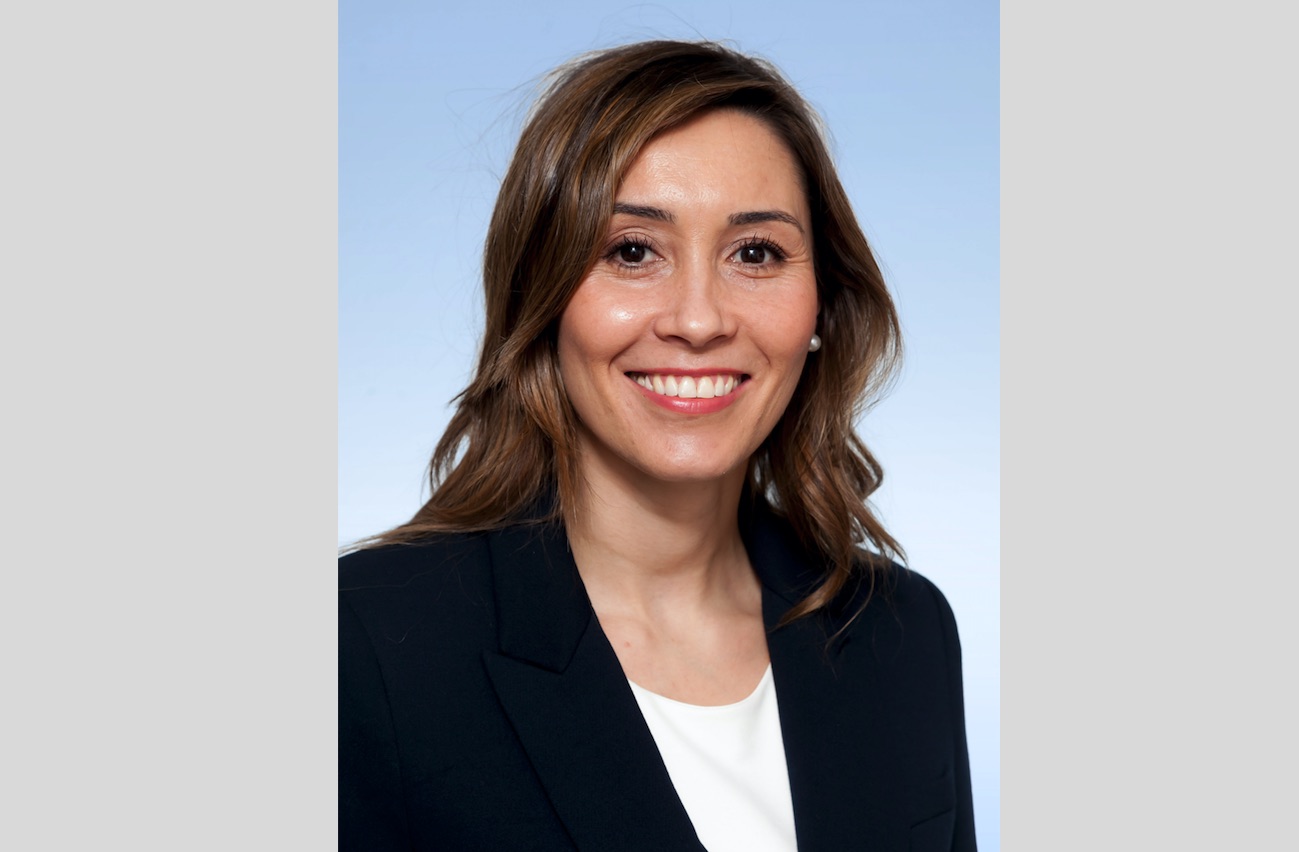American Express abre en el aeropuerto de Los Ángeles su Centurion Lounge más grande a la fecha
| Por Gabriela Huerta | 0 Comentarios

Aprovechando el impulso de las recientes inauguraciones de Centurion Lounge en Phoenix y Charlotte a principios de este año, American Express abrió su 12 ° Centurion Lounge en el Aeropuerto Internacional de Los Ángeles (LAX) el lunes 9 de marzo de 2020.
LAX es el cuarto aeropuerto más ocupado del mundo, recibe a más de 88 millones de viajeros cada año, lo que lo convierte en un lugar ideal para un Centurion Lounge de clase mundial. El salón es el más grande de American Express hasta ahora, abarcando casi 14.000 pies cuadrados en la Terminal Internacional Tom Bradley, y es accesible desde las Terminales 4, 5, 6, 7 y 8.
«Estamos transformando a LAX en el aeropuerto de clase mundial que nuestros huéspedes merecen y agregando servicios modernos y codiciados que elevan la experiencia del pasajero en todos los puntos de su viaje», dijo Justin Erbacci, director ejecutivo interino, LAWA. «El nuevo Centurion Lounge en la Terminal Internacional Tom Bradley es una adición excepcional a nuestro aeropuerto y nos complace trabajar con American Express para abrir este salón de primera clase».
Esta nueva ubicación ofrece satisfacer las necesidades de los viajeros con servicios de spa únicos y experiencias de bienestar de Exhale, obras de arte localmente inspiradas y producidas por Ellierex y un menú de la galardonada chef Nancy Silverton.
«Cuando comencé a desarrollar el menú para el American Express Centurion Lounge en LAX, me inspiré en mis restaurantes y en la rica escena culinaria de Los Ángeles», dijo Silverton. «Quiero que los huéspedes del lounge experimenten mi pasión en cada bocado y disfruten de sus viajes con un sabor vibrante de nuestra maravillosa ciudad».
El nuevo salón también ofrecerá selecciones de vinos premium por el director de vinos Anthony Giglio, así como cócteles especiales del renombrado mixólogo del Centurion Lounge Jim Meehan. Los huéspedes también podrán disfrutar del café de City Bean Roasters, con sede en Los Ángeles, cuyo café se obtiene de forma sostenible directamente de los agricultores locales.
«El nuevo Centurion Lounge en LAX trae lo mejor de Los Ángeles al aeropuerto gracias a las experiencias de arte, comida y bienestar inspiradas localmente», dijo Alexander Lee, vicepresidente de experiencias y beneficios de viaje en American Express. «Esta nueva sala es un gran ejemplo de cómo continuamos mejorando el viaje de aeropuerto de extremo a extremo para los Tarjetahabientes, desde el descubrimiento de la sala hasta la experiencia inmersiva que espera justo detrás de las puertas azules».
Para aquellos que viajan a nuevas zonas horarias, o huéspedes que desean relajarse antes de un largo vuelo, el Centurion Lounge en LAX contará con las primeras salas de tranquilidad Sunrise y Moonrise, que ofrecen espacios tranquilos con mucha luz y poca luz para relajarse y recargar energías. La sala Moonrise da paso a una sensación de relajación nocturna a través de un techo inspirado en una noche estrellada, creando una atmósfera de energía sutil pero relajante. Mientras tanto, la sala Sunrise ayuda a despertar los sentidos con paredes iluminadas, emanando una atmósfera de matices al amanecer.
American Express también se ha asociado con Exhale para ofrecer un bienestar elevado y servicios de spa centrados en la energía y la luz. Los huéspedes pueden disfrutar de la terapia de luz diseñada para hidratar la piel, los tratamientos de Reiki para restaurar el equilibrio del cuerpo y la reflexología del oído para relajar la mente y aliviar el cuerpo. Terapias de manos y uñas, así como masajes en silla, también estarán disponibles.
Al entrar en el salón, los invitados serán recibidos por un mural creado por la muralista de medios mixtos con sede en Los Ángeles, Danielle Garza, conocida como «Ellierex».
Para rendir homenaje al icónico legado cinematográfico de Los Ángeles, American Express seleccionó artefactos cinematográficos cuidadosamente seleccionados para el salón, y una zona de estar íntima presenta una silueta retroiluminada de Hollywood Hills. Los tonos verde azulado en el espacio están inspirados en las tendencias de diseño del distrito artístico contemporáneo de Los Ángeles.
El salón también proporcionará a los huéspedes espacios de trabajo privados para amortiguar el ruido, una habitación familiar, Wi-Fi de alta velocidad, baños y duchas de primera calidad, tomas de corriente y profesionales de servicios para miembros de American Express.










